- Home
- Features
- Movies/Media
- Collectibles
- Comics/Books
-
Databases
-
Figure Database
>
-
X-Plus Toho/Daiei/Other
>
- X-Plus 30 cm Godzilla/Toho Part One
- X-Plus 30 cm Godzilla/Toho Part Two
- X-Plus Large Monster Series Godzilla/Toho Part One
- X-Plus Large Monster Series Godzilla/Toho Part Two
- X-Plus Godzilla/Toho Pre-2007
- X-Plus Godzilla/Toho Gigantic Series
- X-Plus Daiei/Pacific Rim/Other
- X-Plus Daiei/Other Pre-2009
- X-Plus Toho/Daiei DefoReal/More Part One
- X-Plus Toho/Daiei DefoReal/More Part Two
- X-Plus Godzilla/Toho Other Figure Lines
- X-Plus Classic Creatures & More
- Star Ace/X-Plus Classic Creatures & More
-
X-Plus Ultraman
>
- X-Plus Ultraman Pre-2012 Part One
- X-Plus Ultraman Pre-2012 Part Two
- X-Plus Ultraman 2012 - 2013
- X-Plus Ultraman 2014 - 2015
- X-Plus Ultraman 2016 - 2017
- X-Plus Ultraman 2018 - 2019
- X-Plus Ultraman 2020 - 2021
- X-Plus Ultraman 2022 - 2023
- X-Plus Ultraman Gigantics/DefoReals
- X-Plus Ultraman RMC
- X-Plus Ultraman RMC Plus
- X-Plus Ultraman Other Figure Lines
- X-Plus Tokusatsu
- Bandai/Tamashii >
- Banpresto
- NECA >
- Medicom Toys >
- Kaiyodo/Revoltech
- Diamond Select Toys
- Funko/Jakks/Others
- Playmates Toys
- Art Spirits
- Mezco Toyz
-
X-Plus Toho/Daiei/Other
>
- Movie Database >
- Comic/Book Database >
-
Figure Database
>
- Marketplace
- Kaiju Addicts
|
Pacific Rim is a 2013 American science fiction action film directed by Guillermo del Toro and starring Charlie Hunnam, Idris Elba, Rinko Kikuchi, Charlie Day, Burn Gorman, Robert Kazinsky, Max Martini, and Ron Perlman. The screenplay was written by Travis Beacham and del Toro from a story by Beacham. The film is set in the future, when Earth is at war with the Kaiju, colossal sea monsters which have emerged from an interdimensional portal on the bottom of the Pacific Ocean. To combat the monsters, humanity unites to create the Jaegers, gigantic humanoid mechas each controlled by at least two pilots, whose minds are joined by a mental link. Focusing on the war's later days, the story follows Raleigh Becket, a washed-up Jaeger pilot called out of retirement and teamed with rookie pilot Mako Mori as part of a last-ditch effort to defeat the Kaiju. Principal photography began on November 14, 2011, in Toronto and lasted through April 2012. The film was produced by Legendary Pictures and distributed by Warner Bros. It was released on July 12, 2013, in 3D and IMAX 3D, receiving generally positive reviews; the visual effects, action sequences, and nostalgic style were highly praised. While it underperformed at the box office in the United States, it was highly successful in other markets. It earned a worldwide total of more than $411 million—$114 million in China alone, its largest market—becoming Del Toro's most commercially successful film to date. A sequel titled Pacific Rim Uprising, directed by Steven S. DeKnight and produced by Del Toro, with Kikuchi, Day, and Gorman reprising their roles, and Universal Pictures taking the film distribution is scheduled for release on March 23, 2018.
In 2025, the world governments decide to end funding for the continuous construction of Jaegers, in favor of building massive coastal walls, but the Kaiju are growing more powerful, their attacks more frequent and Jaegers are being destroyed faster than they are built. The remaining four Jaegers are relocated to Hong Kong under the command of Marshal Stacker Pentecost, who plans to end the Kaiju War by destroying the Breach using a nuclear weapon. Pentecost tracks down Raleigh at a wall construction site and persuades him to rejoin the program. Traveling to the Hong Kong base, the Shatterdome, Raleigh is introduced to Mako Mori, director of the Jaeger restoration program and Pentecost's adoptive daughter. Four Jaegers remain in operation – the refurbished Gipsy Danger, the Russian Cherno Alpha, the Chinese Crimson Typhoon, and the Australian Striker Eureka that will carry the bomb, and piloted by father and son Herc and Chuck Hansen. To find a new co-pilot, Raleigh participates in tryouts, assuming Mako is "drift-compatible", despite Pentecost's protests. During their first drifting test, Raleigh is distracted by the memory of Yancy's death. Mako, in turn, is lost in the memory of the Kaiju attack on Tokyo that orphaned her, and nearly fires Gipsy's plasma cannon. Mako is promptly relieved of piloting duties, and when Raleigh confronts Pentecost and tells him that he is being overprotective of her then Pentecost reveals that he is a former Jaeger pilot who fought and killed the Kaiju that attacked Tokyo and adopted Mako upon discovering her after the battle. He also further explains that he is dying as a result of radiation sickness from piloting a Jaeger built prior to implementation of shielding of their nuclear cores. Pentecost consults Kaiju experts Newton Geiszler and Herman Gottlieb. Hermann claims that the Breach will stabilize and the Kaiju will increase in number, but it will allow the assault to succeed, while Newton suggests drifting with a Kaiju's brain to learn more about them. Newton goes ahead with his plan despite Herman's protests and discovers that the Kaiju are actually bioweapons grown by alien colonists, that live in the dimension on the other side of the breach called the Anteverse, who plan on wiping out humanity. With Pentecost's permission, Newton searches for black market dealer Hannibal Chau who sells body parts of dead Kaiju to obtain a fresh Kaiju brain to drift with. However, he soon figures out that since drifting is a two-way link, the Kaiju hive mind gained access to his knowledge just as he did theirs. Soon after, two new Kaijus, Leatherback and Otachi, emerge simultaneously to find Newton. All Jaegers except Gipsy Danger are dispatched to intervene. Otachi destroys Crimson Typhoon, while Leatherback destroys Cherno Alpha and paralyzes Striker Eureka with an EMP blast. Out of options, Pentecost reluctantly allows Mako and Raleigh to pilot Gipsy Danger. Gipsy successfully kills Leatherback and Otachi, while almost destroying Hong Kong in the process. Examining Otachi's body, Newton and Hannibal find out that it is pregnant. The infant Kaiju bursts out and devours Hannibal but soon dies from being strangled by its own umbilical cord. Newton and Hermann drift with the infant's brain, discovering that the Breach can only open in the presence of a Kaiju's DNA. As Herc was injured during the previous fight, Pentecost pilots Striker Eureka with Chuck. Along with Gipsy Danger, they approach the Breach. Three Kaijus emerge from the Breach to defend it, one being the largest ever encountered. The Jaegers kill one Kaiju and injure the others, but Striker is immobilized by the largest Kaiju. Pentecost and Chuck decide to detonate the bomb, as they were easily overwhelmed, depending on Gipsy's nuclear reactor to seal the Breach. After the explosion leaves the largest Kaiju alive, Gipsy kills it and, considering Newton and Hermann's discovery, rides its corpse into the Breach. As the Jaeger reaches the other side, Raleigh successfully overloads the reactor and ejects Mako and himself using escape pods. The reactor explodes, killing a few nearby alien creatures and destroying the Breach, while Raleigh and Mako's escape pods surface in the Pacific Ocean. Herc, now the Marshal, orders the war clock to stop, indicating mankind's victory, and Raleigh and Mako embrace as rescue helicopters arrive. In a scene at the beginning of the credits, Hannibal cuts his way out of the Kaiju infant, and looks for his lost shoe. Cast Charlie Hunnam as Raleigh Becket: A washed-up former pilot called out of retirement by the Pan Pacific Defense Corps. On casting Hunnam, del Toro stated: "I saw him and I thought he had an earnest, really honest nature. And he was the kind of guy that I can relate to, as a male audience member I go, 'I like that guy. I would like to have a few beers with that guy' … he has an earthy quality." Describing the character, Hunnam stated: "When you meet me, in the beginning of the story, I've suffered a giant loss. Not only has it killed my sense of self-worth, but also my will to fight and keep on going. And then, Rinko and Idris, and a couple other people, bring me out of retirement to try to help with this grand push. I think that journey is a very relatable one. Everybody, at some point in their life, has fallen down and not felt like getting back up, but you have to, no matter how difficult it is." Hunnam was also considered for the role of Prince Nuada in del Toro's previous film, Hellboy II: The Golden Army. Paul Michael Wyers plays Raleigh as a child. Idris Elba as General Stacker Pentecost: Raleigh's commanding officer. On selecting Elba, del Toro stated: "This is a movie where I have had to deal with more dialogue than ever, and the way I cast the movie was—who do I want to hear say these things? Who do I want Charlie Hunnam to go against? Who can really tell Charlie Hunnam 'sit down and listen'?" In another interview, the director said: "I wanted to have Idris not be the blonde, square-jawed, Anglo, super hip marine that knows [everything]. I wanted somebody that could bring a lot of authority, but that you could feel the weight of the world on his shoulders. When I watched Luther, that's the essence of the character… Luther is carrying literally the evils of the world on his shoulders. He's doing penance for all humanity… Idris is one of those actors that is capable of embodying humanity, in almost like a Rodin sculpture-type, larger than life, almost like a Russian realism statue, you know, big hands, all the turmoil of humanity in his eyes. I wanted somebody that you could have doubts internally, and very few guys can do that." To prepare for the role, Elba watched footage of politicians David Cameron and Barack Obama, as well as Russell Crowe in Gladiator and Mel Gibson in Braveheart. Del Toro initially offered the role to Tom Cruise, who declined because of scheduling conflicts. Rinko Kikuchi as Mako Mori: Raleigh's co-pilot who lost her family in a Kaiju attack. Though Mori possesses a strength and fury that should serve well against the Kaiju, Pentecost is reluctant to use her, partly because of a fatherly bond and partly because he knows she is still fighting the terror of her childhood. Del Toro stated: "I was very careful how I built the movie. One of the other things I decided was that I wanted a female lead who has the equal force as the male leads. She's not going to be a sex kitten, she's not going to come out in cutoff shorts and a tank top, and it's going to be a real earnestly drawn character." Noting that the other actors were exhausted and "destroyed physically" by filming in the intensive Jaeger cockpit harnesses, del Toro said: "The only one that didn't break was Rinko Kikuchi, the girl. She never complained… I asked Rinko her secret and she said 'I think of gummi bears and flowers.' I try to do that in my life now." Mana Ashida plays Mako as a child. Charlie Day as Dr. Newt Geiszler: A scientist studying the Kaiju. Day stated: "Certainly myself and Burn Gorman provide a little bit of much needed levity, it's a break from the monsters and the guys fighting. But then the character gets thrust into the story in a way that his life is seriously at risk and it becomes a little more action oriented and a little more horror movie-esque. So, he kinda bounces back between being humorous and also being real… the rest of these guys, they look really good in their suits and they've got abs, they can kick and fight and punch. Newt is sort of the 'everyman' and he's flawed and he's arrogant." Del Toro gave Geiszler the mentality of a celebrity chef, with tattoos and a "big personality". According to the director, Day was cast based on his performance in an episode of It's Always Sunny in Philadelphia: "He comes out with a stick, and he has a monologue about what it is to hunt the rats in the basement. It was very funny, but he was coming from character. He was not doing big stuff, he was, like, really mourning and lamenting his job, you know, how inhuman it is. And I thought, 'This guy is great at shading and comedy.' There are moments in the movie where he delivers them both." Trek Buccino portrays Geiszler as a child. Max Martini as Hercules "Herc" Hansen: Chuck's father and co-pilot. Kazinsky stated Martini hated the fact that he was cast as Chuck's father, being only 13 years Kazinsky's senior. However, Kazinsky said they developed a bond while filming, "Because we were working so tight together, we would finish and then we would go out for dinner every night and we would go to the gym together on days off we had… The emotional scene toward the end with the father-son parting, it was very easy for me to play because I had grown to actually genuinely love Max as a man and as a friend." Kazinsky revealed that Herc and Chuck's pet bulldog was del Toro's idea and said, "The dog's name was Max, ironically, and we ended up using Max for so many things. The story was that Herc and Chuck have difficulty communicating, that they communicated via the dog, and all the love that they couldn't show each other they would show the dog." The role was originally written for Ron Perlman, but del Toro decided the scenes between Perlman's Herc and Hunnam's Raleigh "might start to feel like Sons of Anarchy 2.0". Robert Kazinsky as Chuck Hansen: An Australian Jaeger pilot considered the finest soldier left in the Resistance. He and his father pilot Striker Eureka, "the strongest and the fastest" Jaeger with eleven Kaiju kills, and make up the Resistance's "go-to team". Kazinsky, a fan of science-fiction, was initially drawn by the film's concept, "My immediate reaction was 'Holy crap, that's cool.' In the hands of somebody else, you might sit there and go, 'Well, this might be terrible,' but with del Toro doing it, you kind of go, 'This is going to be amazing.'". Reflecting on his experience in the film, Kazinsky said in an interview, "The most fun I have ever had in my entire life was Pacific Rim, playing Chuck was incredibly fun." Ron Perlman as Hannibal Chau: A black marketeer who makes a living dealing Kaiju organs. Perlman stated, "I actually think this character was designed to be played by another ethnicity other than myself. And somewhere along the way, [del Toro] had the notion, 'Wouldn't it be interesting to turn this guy into more of an invention.' So, in other words, somebody takes on a persona that completely sounds like he's someone else and acts like he's someone else but he's really, you know, as you see me. That added a dimension to the larger-than-life aspect of the character… I'm playing somebody very close to my own origins. But a completely made-up persona… which makes him even more full of shit. And I think that's the charm of the guy—that he's kind of elusive, hard to pin down." Pacific Rim marks Perlman's fifth appearance in a del Toro film. The director stated: "I think the moment you have a guy that is called Hannibal Chau and Ron shows up, and he's from Brooklyn and he's been selling black market organs, you know the whole story… That's all I need to know. If it's any other actor, there's a lot more explaining to do. But when Ron comes in with that look, you can make your own story and it'll be as compelling as anything I can invent. You do a little weightlifting with the audience." The bird tattoos on Chau's fingers indicate his past as a gangster. In the film, Chau states he took the name from his favorite historical figure and his second-favorite Szechuan restaurant in Brooklyn. Del Toro drew inspiration from Burt Lancaster's performance in Elmer Gantry when writing the character. Clifton Collins, Jr. as Ops Tendo Choi: A Chinese-American Jaeger technician. Collins described his character as the "brains" behind the Jaegers. Burn Gorman as Dr. Hermann Gottlieb: A scientist studying the Kaiju alongside Geiszler. According to del Toro, Gottlieb is a "tweed-wearing, English, phlegmatic introvert that never leaves the lab". The modest Gottlieb resents Geiszler's arrogance and radical behavior; the duo echo the film's theme of incompatible people functioning together when the time comes. Drew Adkins portrays Gottlieb as a child. Diego Klattenhoff as Yancy: Raleigh's older brother and co-pilot. Klattenhoff joined the project to work with del Toro. Describing his character, Klattentoff stated: "This is a guy who is looking out for his very eager, younger brother and they were enabled with this gift that gave them the opportunity to kind of save the world. Or help, at least." Tyler Stevenson plays Yancy as a child. Ellen McLain as Gipsy AI: The voice of Gipsy Danger's artificial intelligence system. Del Toro secured permission from Valve Corporation to cast McLain in homage to GLaDOS, her homicidal AI character in the Portal video games. The director stated: "It was clear to me that we needed something beautiful in that voice. My daughter is my wingman, we had done co-op on Portal 2 for a long time and I did Portal 1 when it came out. It becomes ingrained in you, that voice. I didn't want to use her as a negative force of evil. I called Valve and asked 'Can you give us the filter?' so we went full GLaDOS for the first commercial, but I thought it was too much. If you're a gamer, it's too distracting so we created our own GLaDOS 2.0 filter that's a little less full-on." Additional Jaeger pilots include Charles Luu, Lance Luu and Mark Luu as the Wei Tang triplets (China), and Robert Maillet and Heather Doerksen as Sasha and Aleksis Kaidanovsky (Russia). Joe Pingue portrays Captain Merrit, the captain of a fishing boat caught in a battle between Jaeger and Kaiju. Santiago Segura plays an aide to Hannibal Chau. Brad William Henke and Larry Joe Campbell portray members of a construction team Raleigh joins after retiring from the Pan Pacific Defense Corps. Robin Thomas, Julian Barnes, and David Richmond-Peck portray U.N. representatives from the United States, Great Britain, and Canada, respectively. Sebastian Pigott appears as a Jaeger engineer and Joshua Peace appears as an officer, Jonathan Foxon appears as a frantic civilian. David Fox plays an old man on a beach, while Jane Watson portrays Raleigh and Yancy's mother in a flashback sequence. Producer Thomas Tull makes a cameo appearance Themes In the film, a Jaeger's neural load is too much for a single pilot to handle alone, meaning they must first be psychically linked to another pilot—a concept called "drifting". When pilots drift, they quickly gain intimate knowledge of each other's memories and feelings, and have no choice but to accept them; del Toro found this concept's dramatic potential compelling. The director expressed his intention that the empathy metaphors extend to real life: "The pilots' smaller stories actually make a bigger point, which is that we're all together in the same robot [in life]… Either we get along or we die. I didn't want this to be a recruitment ad or anything jingoistic. The idea of the movie is just for us to trust each other, to cross over barriers of color, sex, beliefs, whatever, and just stick together." Del Toro acknowledged this message's simplicity, but said he would have liked to have seen adventure films with similar morals when he was a child. The film's ten primary characters all have "little arcs" conducive to this idea; del Toro stated: "I think that's a great message to give kids… 'That guy you were beating the shit out of ten minutes ago? That's the guy you have to work with five minutes later.' That's life… We can only be complete when we work together." The director noted that Hellboy and The Devil's Backbone told the same message, though the latter conveyed it in a very different way. The film centers on the relationship between Becket and Mori, but is not a love story in a conventional sense. Both are deeply damaged human beings who have decided to suppress their respective traumas. While learning to pilot their Jaeger, they undergo a process of "opening up", gaining access to each other's thoughts, memories and secrets. Their relationship is necessarily one of respect and "perfect trust". Hunnam commented that the film is "a love story without a love story. It's about all of the necessary elements of love without arriving at love itself". Both Becket and Mori have suffered profound personal tragedies; one of the script's central ideas is that two damaged people can metaphorically "become one", with their figurative missing pieces connecting almost like a puzzle. Del Toro emphasized the characters' emotional intimacy by filming their training fight scene the way he would a sex scene. Del Toro, a self-described pacifist, avoided what he termed "car commercial aesthetics" or "army recruitment video aesthetics", and gave the characters Western ranks including "marshal" and "ranger" rather than military ranks such as "captain", "major" or "general". The director stated: "I avoided making any kind of message that says war is good. We have enough firepower in the world." Del Toro wanted to break from the mass death and destruction featured in contemporary blockbuster films, and made a point of showing the streets and buildings being evacuated before Kaiju attacks, ensuring that the destruction depicted is "completely remorseless". The director stated: "I don't want people being crushed. I want the joy that I used to get seeing Godzilla toss a tank without having to think there are guys in the tank… What I think is you could do nothing but echo the moment you're in. There is a global anxiety about how fragile the status quo is and the safety of citizens, but in my mind—honestly—this film is in another realm. There is no correlation to the real world. There is no fear of a copycat Kaiju attack because a Kaiju saw it on the news and said, "I'm going to destroy Seattle." In my case, I'm picking up a tradition. One that started right after World War II and was a coping mechanism, in a way, for Japan to heal the wounds of that war. And it's integral for a Kaiju to rampage in the city." Writing for the Los Angeles Review of Books, Wai Chee Dimock connected the film's central theme of togetherness to its recurring image of missing shoes, stating the "utopian dream" driving the characters is that puny humans like us could be "together"—not only in the specific neural melding that must take place between the two Jaeger co-pilots but also, more generally speaking, in a fractal web of resemblance, filling the world with copies of ourselves at varying orders of magnitude and with varying degrees of re-expression, beginning with the shoes on our feet. Production Development In February 2006, it was reported that Guillermo del Toro would direct Travis Beacham's fantasy screenplay, Killing on Carnival Row, but the project never materialized. Beacham conceived Pacific Rim the following year. While walking on the beach near Santa Monica Pier, the screenwriter imagined a giant robot and a giant monster fighting to the death. "They just sort of materialized out of the fog, these vast, godlike things." He later conceived the idea that each robot had two pilots, asking "what happens when one of those people dies?" Deciding this would be "a story about loss, moving on after loss, and dealing with survivor's guilt", Beacham commenced writing the film. On May 28, 2010, it was reported that Legendary Pictures had purchased Beacham's detailed 25-page film treatment, now titled Pacific Rim. On July 28, 2010, it was reported that del Toro would next direct an adaptation of H. P. Lovecraft's At the Mountains of Madness for Universal Studios, with James Cameron producing. When del Toro met with Legendary Pictures to discuss the possibility of collaborating with them on a film, he was intrigued by Beacham's treatment—still a "very small pitch" at this point. Del Toro struck a deal with Legendary: while directing At the Mountains of Madness, he would produce and co-write Pacific Rim; because of the films' conflicting production schedules, he would direct Pacific Rim only if At the Mountains of Madness were cancelled. Tom Cruise was attached to star in the Lovecraft adaptation. On March 7, 2011, it was reported that Universal would not proceed with At the Mountains of Madness because del Toro was unwilling to compromise on the $150 million budget and R rating. The director later reflected, "When it happened, this has never happened to me, but I actually cried that weekend a lot. I don't want to sound like a puny soul, but I really was devastated. I was weeping for the movie." The project collapsed on a Friday, and del Toro signed to direct Pacific Rim the following Monday. Del Toro spent a year working with Beacham on the screenplay, and is credited as co-writer. He introduced ideas he had always wished to see in the genre, such as a Kaiju birth and a Kaiju attack seen from a child's perspective. The script also received an uncredited rewrite from Neil Cross, who previously created the Idris Elba-starring drama series Luther and wrote the del Toro-produced horror film Mama. Patrick Melton and Marcus Dunstan were enlisted to perform uncredited rewrites when their spec script Monstropolis caught the filmmaker's attention. Drew Pearce also carried out uncredited work on the script. Principal photography Filming began on November 14, 2011, and continued in Toronto into April 2012. Del Toro gave an update after the second week on filming finished. The film was referred to as Silent Seas and Still Seas during production. Del Toro had never shot a film in less than 115 days, but had only 103 to shoot Pacific Rim. In order to achieve this, del Toro scheduled a splinter unit that he could direct early in the day, before main unit, and on his off-days. The director worked 17 to 18 hours a day, seven days a week, for much of the schedule. Del Toro took a new approach to directing actors, allowing "looser" movements and improvisation; the director maintained tight control over the production: "Everything, 100% goes through me sooner or later. I do not delegate anything. Some people like it, some people don't, but it has to be done that way." The film was shot using Red Epic cameras. At first Guillermo del Toro decided not to shoot or convert the film to 3D, as the effect would not work due to the sheer size of the film's robots and monsters, explaining I didn't want to make the movie 3D because when you have things that big… the thing that happens naturally, you're looking at two buildings lets say at 300 feet [away], if you move there is no parallax. They're so big that, in 3D, you barely notice anything no matter how fast you move… To force the 3D effects for robots and monsters that are supposed to be big you are making their [perspective] miniaturized, making them human scale. It was later announced that the film would be converted to 3D, with the conversion taking 40 weeks longer than most. Del Toro said: "What can I tell you? I changed my mind. I'm not running for office. I can do a Romney." Del Toro cut approximately an hour of material from the film. The unused footage explored the characters and their arcs in greater detail, but the director felt it was necessary to strike a balance, stating: "We cannot pretend this is Ibsen with monsters and giant robots. I cannot pretend I'm doing a profound reflection on mankind." Each character's arc was edited down to its minimal requirements. The director wanted to keep the film around two hours, particularly for younger viewers. Alejandro González Iñárritu and Alfonso Cuarón helped with the editing; Iñárritu removed ten minutes of footage, while Cuarón removed "a few minutes" and rearranged several scenes. Iñárritu and Cuarón receive a "special thanks" in the film's end credits, as do James Cameron and David Cronenberg. Design Del Toro envisioned Pacific Rim as an earnest, colorful adventure story, with an "incredibly airy and light feel", in contrast to the "super-brooding, super-dark, cynical summer movie". The director focused on "big, beautiful, sophisticated visuals" and action that would satisfy an adult audience, but has stated his "real hope" is to introduce the Kaiju and mecha genres to a generation of children. While the film draws heavily on these genres, it avoids direct references to previous works. Del Toro intended to create something original but "madly in love" with its influences, instilled with "epic beauty" and "operatic grandeur". The end credits dedicate the film to Ray Harryhausen and Ishirō Honda, who helped to establish the giant monster genre with films such as The Beast from 20,000 Fathoms and Godzilla, respectively. The film was to honor the Kaiju and mecha genres while creating an original stand-alone film, something "conscious of the heritage, but not a pastiche or an homage or a greatest hits of everything". The director made a point of starting from scratch, without emulating or referencing any previous examples of those genres. He cautioned his designers not to turn to films like Gamera, Godzilla, or The War of the Gargantuas for inspiration, stating: "I didn't want to be postmodern, or referential, or just belong to a genre. I really wanted to create something new, something madly in love with those things. I tried to bring epic beauty to it, and drama and operatic grandeur." Rather than popular culture, he drew inspiration from works of art such as The Colossus and George Bellows's boxing paintings. The film's designers include Wayne Barlowe, Oscar Chichoni, monster sculptors David Meng and Simon Lee, and Hellboy II and The Hobbit designer Francisco Ruiz Velasco. Del Toro has acknowledged that some designs created for his cancelled At the Mountains of Madness adaptation may have been used in Pacific Rim. Approximately one hundred Kaiju and one hundred Jaegers were designed, but only a fraction of these appear in the film; every week the filmmakers would "do an American Idol" and vote for the best. In designing Kaiju, the film's artists frequently drew inspiration from nature rather than other works. The director commented: "Kaijus are essentially outlandish in a way, but on the other hand they come sort of in families: you've got the reptilian Kaiju, the insect Kaiju, the sort of crustacean Kaiju… So to take an outlandish design and then render it with an attention to real animal anatomy and detail is interesting." Del Toro avoided making the Kaiju too similar to any Earth creatures, instead opting to make them otherworldly and alien. Del Toro called the film's Kaiju "weapons", stating that they are "the cleaning crew, the cats sent into the warehouse to clean out the mice." Certain design elements are shared by all the Kaiju; this is intended to suggest that they are connected and were designed for a similar purpose. Each Kaiju was given a vaguely humanoid silhouette to echo the man-in-suit aesthetic of early Japanese Kaiju films. While del Toro's other films feature ancient or damaged monsters, the Kaiju lack scars or any evidence of prior culture, indicating that they are engineered creations rather than the result of an evolutionary system. Knifehead, the first Kaiju to appear in the film, is a tribute to the plodding kaiju of 1960s Japanese films, and is intended to look almost like a man in a rubber suit; its head was inspired by that of a goblin shark. Leatherback, the bouncer-like Kaiju which spews electro-magnetic charges, is a favorite of del Toro, who conceived it as a "brawler with this sort of beer belly"; the lumbering movements of gorillas were used as a reference. The Kaiju Otachi homages the dragons of Chinese mythology. The director called it a "Swiss army knife of a Kaiju"; with almost 20 minutes of screen time, it was given numerous features so the audience would not tire of it. The creature moves like a Komodo dragon in water, sports multiple jaws and an acid-filled neck sack, and unfurls wings when necessary. It is also more intelligent than the other Kaiju, employing eagle-inspired strategies against the Jaegers. Onibaba, the Kaiju that orphans Mako Mori, resembles a fusion of a Japanese temple and a crustacean. Slattern, the largest Kaiju, is distinguished by its extremely long neck and "half-horn, half-crown" head, which del Toro considered both demonic and majestic. Gipsy Danger, the American Jaeger, was based on the shape of New York City's Art Deco buildings, such as the Chrysler Building and the Empire State Building, but infused with John Wayne's gunslinger gait and hip movements. Cherno Alpha, the Russian Jaeger, was based on the shape and paint patterns of a T-series Russian tank, combined with a giant containment silo to give the appearance of a walking nuclear power plant with a cooling tower on its head. Crimson Typhoon, the three-armed Chinese Jaeger, is piloted by triplets and resembles a "medieval little warrior"; its texture evokes Chinese lacquered wood with golden edges. Striker Eureka, the Australian Jaeger, is likened by del Toro to a Land Rover; the most elegant and masculine Jaeger, it has a jutting chest, a camouflage paint scheme recalling the Australian outback, and the bravado of its pilots. The film's costumes were designed by Shane Mahan and Kate Hawley, who spent several months on the costumes of the Jaeger pilots. The Russian pilot suits are old-fashioned and echo cosmonaut space suits. Visual effects Industrial Light & Magic was chosen to the visual effects for Pacific Rim. Del Toro hired Oscar winners John Knoll and Hal T. Hickel, both known for their work on the Star Wars prequel trilogy and the Pirates of the Caribbean films. Legacy Effects co-owner Shane Mahan, known for creating the armored suits for Iron Man, was tasked with building the suits, helmets and conn-pods. Oscar winner Clay Pinney, known for his work on Independence Day and Star Trek, was also brought on board. Hybride Technologies, a division of Ubisoft, and Rodeo FX also contributed to the visual effects. Del Toro conceived the film as an operatic work: "That was one of the first words I said to the entire team at ILM. I said, "This movie needs to be theatrical, operatic, romantic." We used a lot of words not usually associated with high-tech blockbusters … We went for a very, very, very, very saturated color palette for the battle for Hong Kong. I kept asking John to tap into his inner Mexican and be able to saturate the greens and the purples and the pinks and the oranges." The classic Japanese woodblock print The Great Wave off Kanagawa by Hokusai was a common motif in the ocean battles; Del Toro recalled, "I would say 'Give me a Hokusai wave'… we use the waves and weather in the movie very operatically." The director asked that Knoll not necessarily match the lighting from shot to shot: "It's pretty unorthodox to do that, but I think the results are really beautiful and very artistically free and powerful, not something you would associate with a big sci-fi action movie." Del Toro considers the film's digital water its most exciting visual effect: "The water dynamics in this movie are technically beautiful, but also artistically incredibly expressive. We agreed on making the water become almost another character. We would time the water very precisely. I'd say 'Get out of the wave [on this frame].'" The film also features extensive miniature effect shots provided by 32TEN Studios, under the supervision of ILM VFX Producer Susan Greenhow and ILM VFX Supervisors John Knoll and Lindy DeQuattro. Shot using RED Epic cameras on 3D rigs, the scenes produced by 32TEN involved the creation of a quarter-scale office building interior which was destroyed by the fist of a Jaeger robot which was on a separate pneumatically controlled rig, as well as a sequence which depicted several rows of seats in a soccer stadium being blown apart as a Jaeger lands in the stadium, which was created by using quarter-scale seats blown apart by air cannons. Additionally 32TEN provided several practical elements for ILM’s compositing team including dust clouds, breaking glass and water effects. Marketing and promotion On November 28, 2012, the official film website premiered alongside two viral videos—one depicting the initial Kaiju attack as captured by a handheld camera. Blueprints depicting the designs for the Jaeger machines were also released online. On June 5, 2013, the graphic novel Pacific Rim: Tales from Year Zero was released. Written by Travis Beacham and featuring cover art by Alex Ross, Tales from Year Zero serves as an introductory prologue to the film, and is set twelve years before its events. On June 18, Insight Editions published Pacific Rim: Man, Machines, and Monsters, an art book written by David S. Cohen. The book chronicles the film's production with concept art, photography, the cast and crew's accounts of the shoot, and a foreword by del Toro. On July 2, a viral video was released in which Ron Perlman's character, Hannibal Chau, advertises his fictional Kaiju organ dealership, Kaiju Remedies. On the day of the film's release, July 12, 2013, another viral video was released to promote the film. It involved the collaboration of the film studio (including del Toro himself) and the YouTube network Polaris (also known as The Game Station). It featured members of the YouTube network (such as the Game Grumps) as Jaeger pilots fighting Kaiju.[98] On July 16, a novelization by Alex Irvine was released. NECA began selling action figures of the film's Kaiju and Jaegers. Release Pacific Rim was initially expected to reach theaters in July 2012. However, Warner Bros. decided to postpone the film's release date to May 10, 2013. In March 2012, it was announced that the film would be released on July 12, 2013. The film premiered in Mexico City on July 1, 2013. Box office Pacific Rim grossed $101.8 million in North America, and has had a favorable international release, grossing $309.2 million in other countries, for a worldwide total of $411,002,906. The film grossed $3.6 million from Thursday night showings, 23 percent of which came from IMAX showings. It then faced competition from Grown Ups 2 and ultimately fell behind it on opening day, earning $14.6 million. The film reached the #3 spot during the opening weekend with $37.2 million, behind Despicable Me 2 and Grown Ups 2. This is the highest-ever opening for a film by del Toro, surpassing Hellboy II: The Golden Army. Around 50 percent of tickets were in 3D, which makes it the second-highest 3D share of 2013, behind Gravity. During its second weekend, the film dropped a steep 57% with a gross of $16 million, and during its third weekend, had dropped a further 52% with a gross of $7.7 million. On July 22, 2013, it was reported that the film had reached #1 at the international box office over the weekend. The film had a successful opening in China, grossing $45.2 million, until overtaken by The Hobbit: The Battle of the Five Armies the largest opening in China for a Warner Bros. title, and the sixth-largest Chinese debut of all time for any Hollywood film. On August 19, 2013, its gross crossed $100 million in China alone, becoming the sixth-highest-grossing American film ever in China. It grossed a total of $114.3 million in the country, making China the largest market for the film. In Japan, the film landed in the fifth position on opening weekend, with an initial earning of $3 million (behind World War Z's gross of $3.4 million). In September 2013, Forbes highlighted Pacific Rim as "the rare English-language film in history to cross $400 million while barely crossing $100 million domestic". Music
The film's score was composed by Ramin Djawadi. Del Toro selected Djawadi based on his works on Prison Break, Iron Man, and Game of Thrones, stating: "His scores have a grandeur, but they have also an incredible sort of human soul." The director also stated that some Russian rap would be featured in the film. The soundtrack was released on digital download from Amazon on June 18, 2013, and CD on June 25, 2013. The physical version of the soundtrack was released on July 9, 2013, by WaterTower Music, three days before the theatrical release of the film itself. Guest musicians Tom Morello and Priscilla Ahn also feature as soloists on the score. Two songs appear in the film which are not included on the soundtrack are "Just Like Your Tenderness" by Luo Xiaoxuan, and the ending theme "Drift", performed by Blake Perlman featuring Rza. The OST received mostly positive reviews. The Action Elite rated the album with a perfect five stars, the Empire gave four, while MSN and Filmtracks also gave the soundtrack four out of five stars. On July 27, 2013, the soundtrack was appeared at peak position number 7 on "US Billboard Top Soundtracks.
0 Comments
Leave a Reply. |
Release Dates
November 2023
|
|
© 2011-2024 Kaiju Battle. All Rights Reserved.
|
Visit Our Social Media Sites
|
Proudly powered by Weebly
|
- Home
- Features
- Movies/Media
- Collectibles
- Comics/Books
-
Databases
-
Figure Database
>
-
X-Plus Toho/Daiei/Other
>
- X-Plus 30 cm Godzilla/Toho Part One
- X-Plus 30 cm Godzilla/Toho Part Two
- X-Plus Large Monster Series Godzilla/Toho Part One
- X-Plus Large Monster Series Godzilla/Toho Part Two
- X-Plus Godzilla/Toho Pre-2007
- X-Plus Godzilla/Toho Gigantic Series
- X-Plus Daiei/Pacific Rim/Other
- X-Plus Daiei/Other Pre-2009
- X-Plus Toho/Daiei DefoReal/More Part One
- X-Plus Toho/Daiei DefoReal/More Part Two
- X-Plus Godzilla/Toho Other Figure Lines
- X-Plus Classic Creatures & More
- Star Ace/X-Plus Classic Creatures & More
-
X-Plus Ultraman
>
- X-Plus Ultraman Pre-2012 Part One
- X-Plus Ultraman Pre-2012 Part Two
- X-Plus Ultraman 2012 - 2013
- X-Plus Ultraman 2014 - 2015
- X-Plus Ultraman 2016 - 2017
- X-Plus Ultraman 2018 - 2019
- X-Plus Ultraman 2020 - 2021
- X-Plus Ultraman 2022 - 2023
- X-Plus Ultraman Gigantics/DefoReals
- X-Plus Ultraman RMC
- X-Plus Ultraman RMC Plus
- X-Plus Ultraman Other Figure Lines
- X-Plus Tokusatsu
- Bandai/Tamashii >
- Banpresto
- NECA >
- Medicom Toys >
- Kaiyodo/Revoltech
- Diamond Select Toys
- Funko/Jakks/Others
- Playmates Toys
- Art Spirits
- Mezco Toyz
-
X-Plus Toho/Daiei/Other
>
- Movie Database >
- Comic/Book Database >
-
Figure Database
>
- Marketplace
- Kaiju Addicts
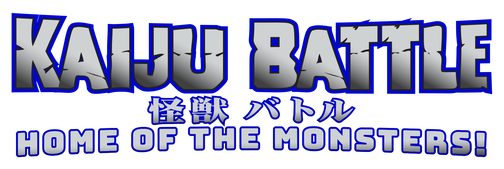
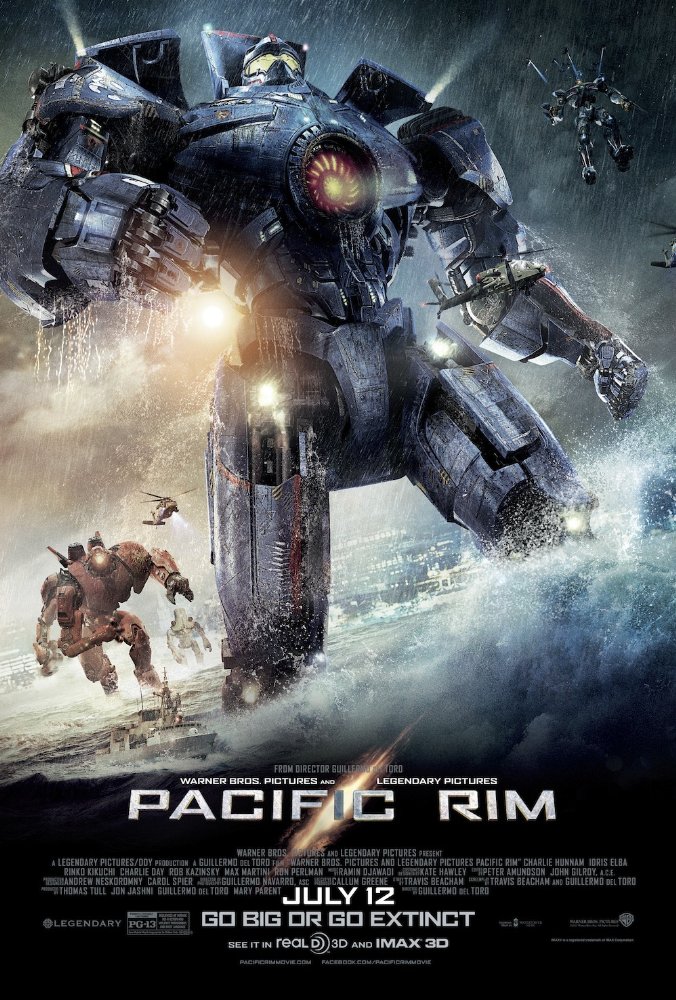
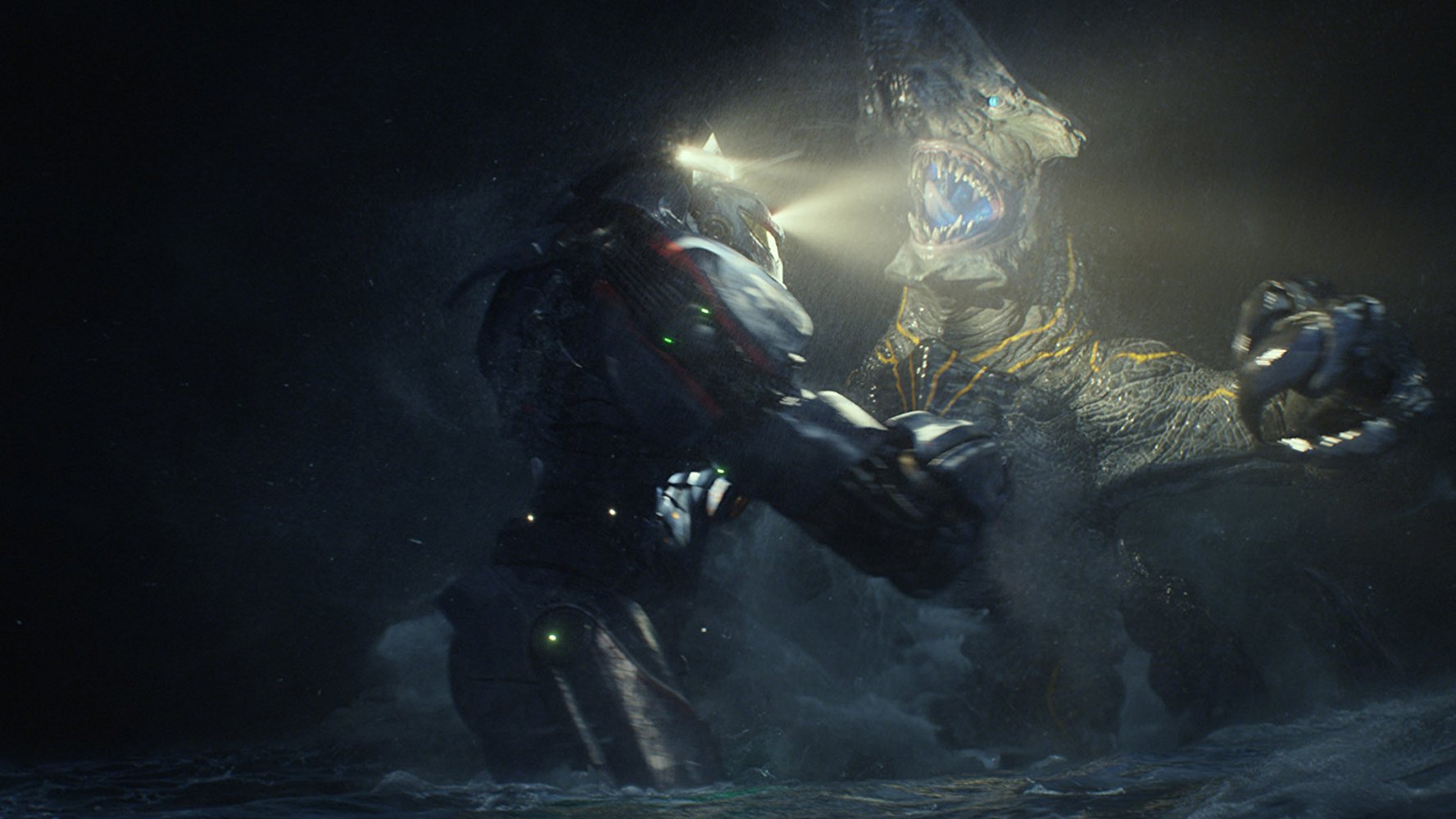
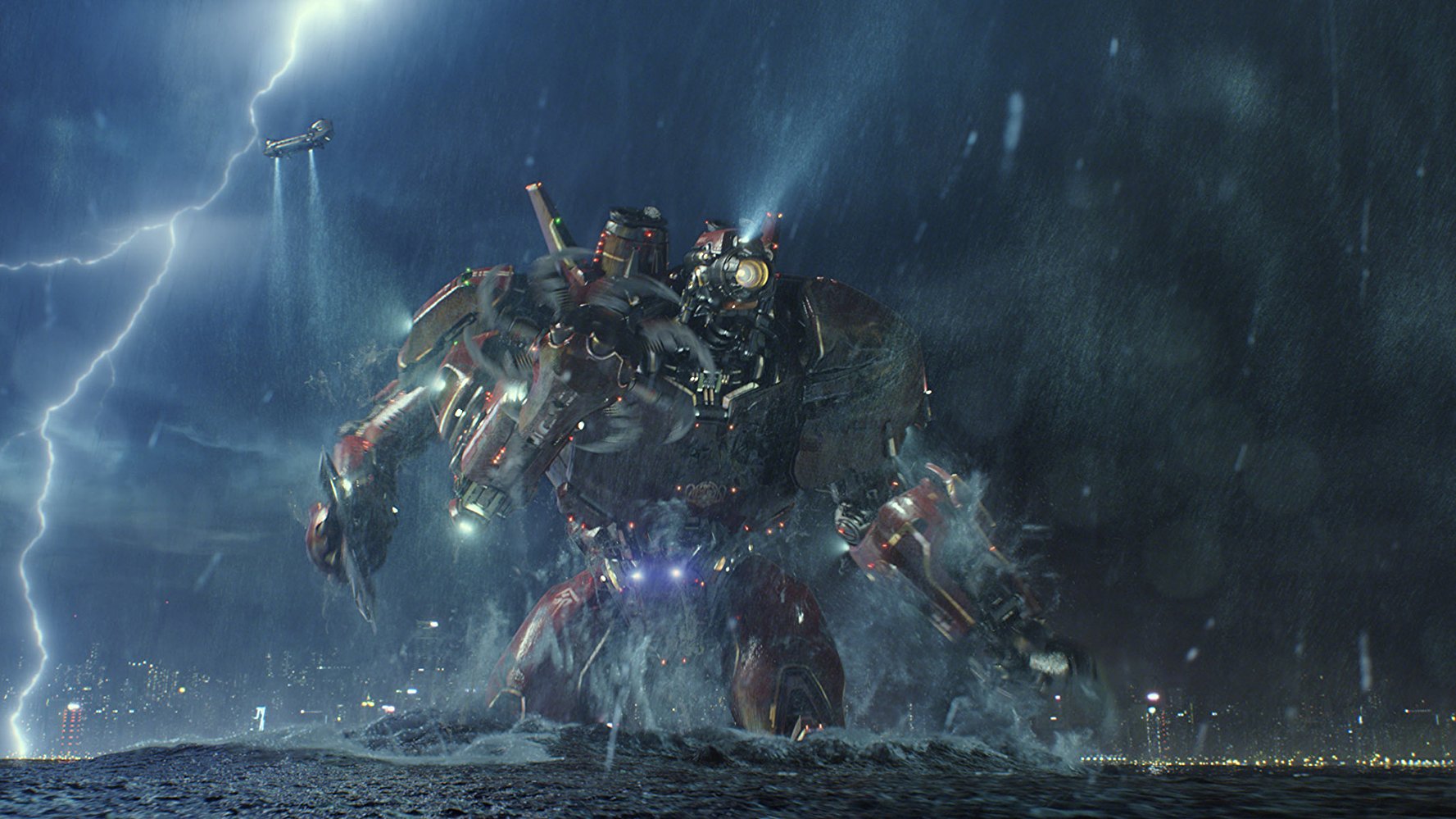
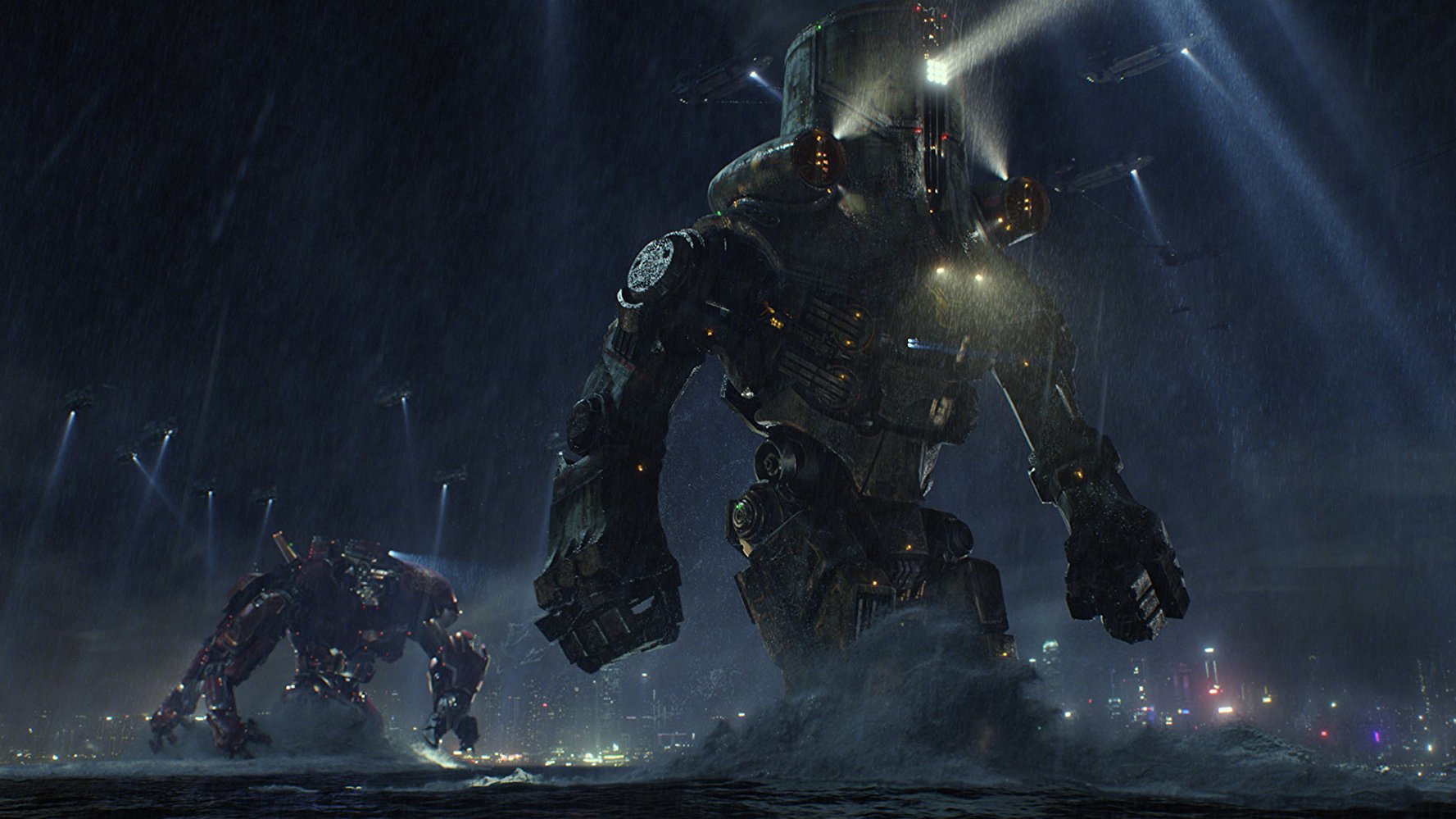
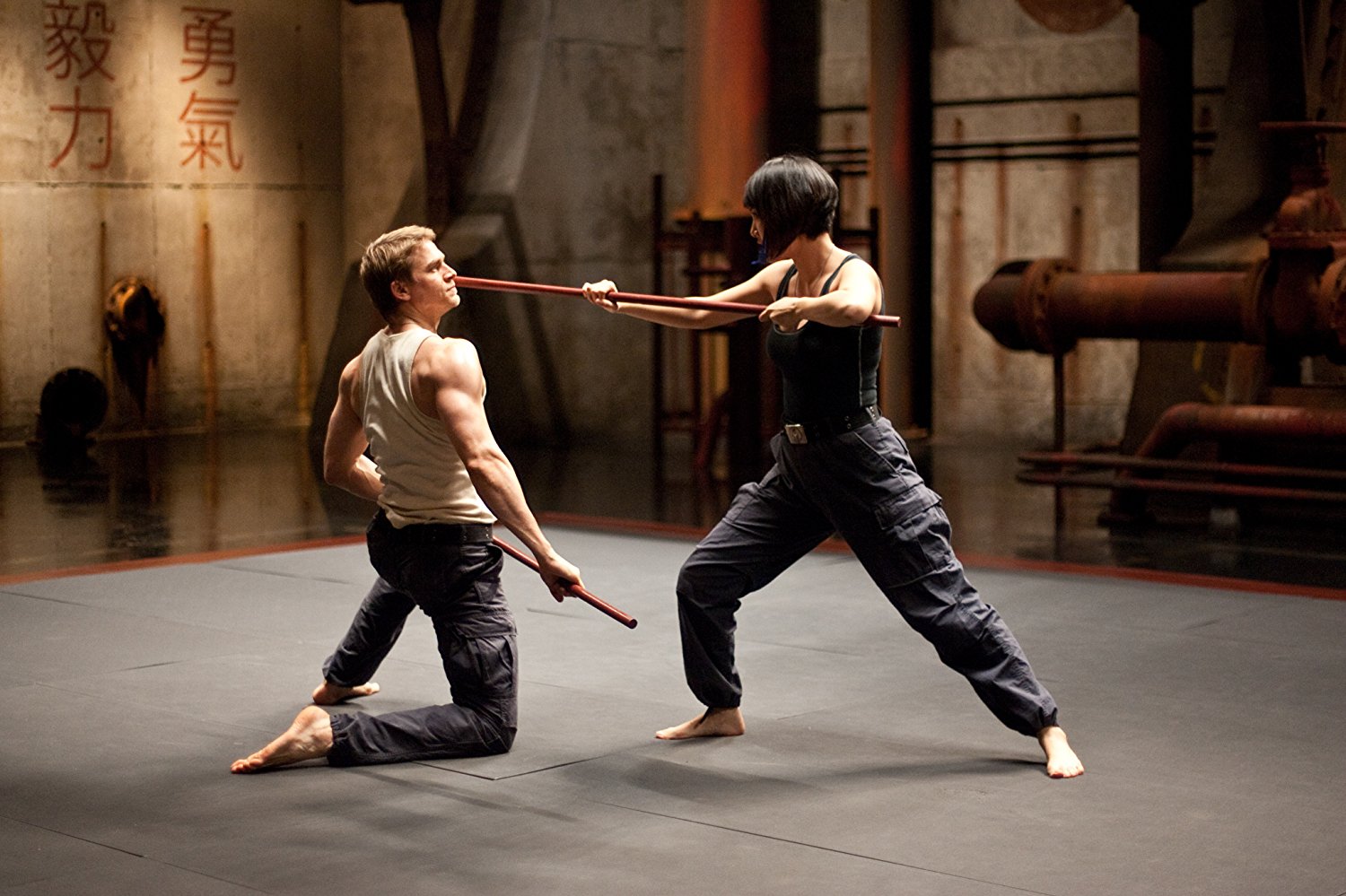
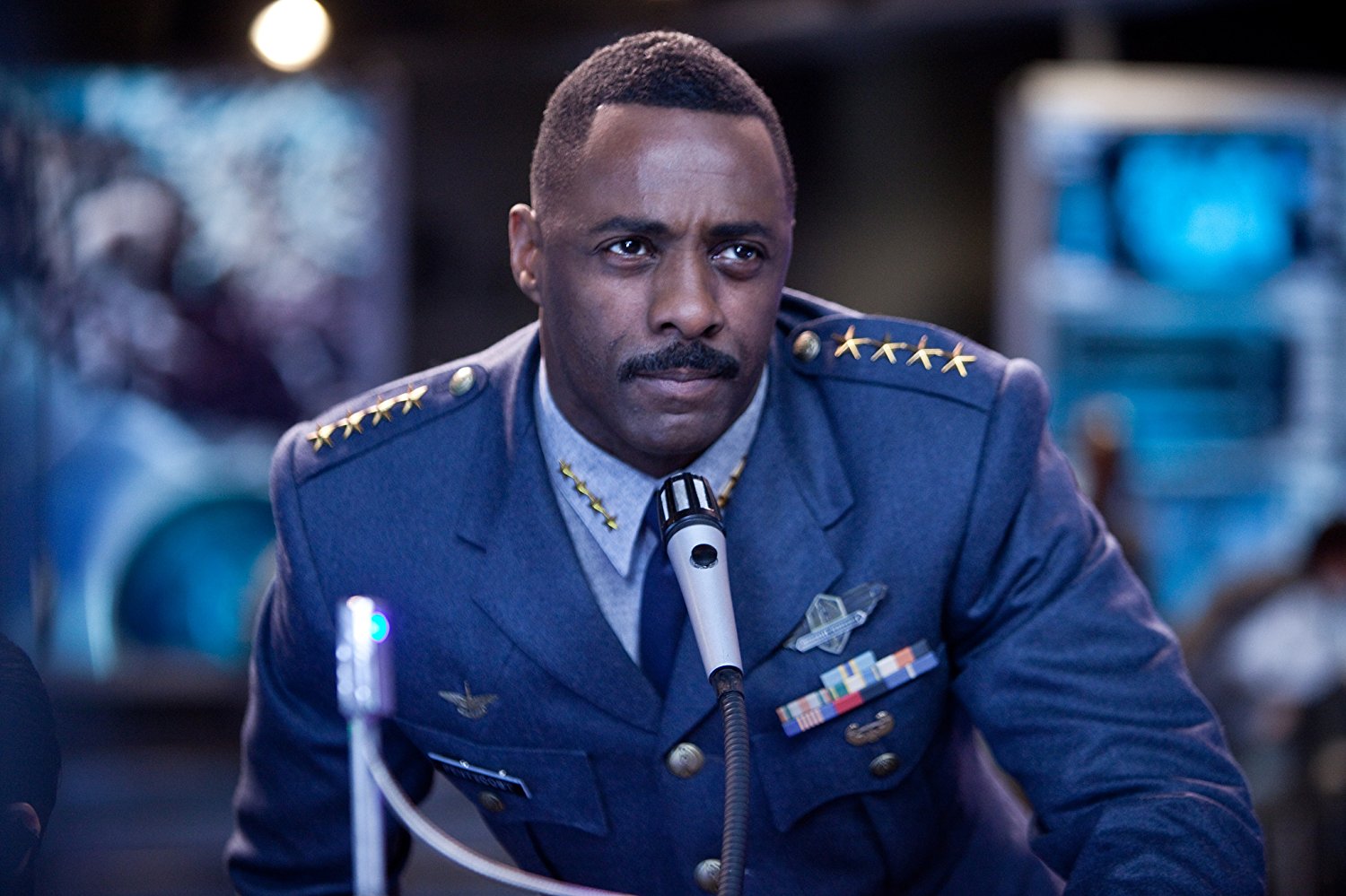
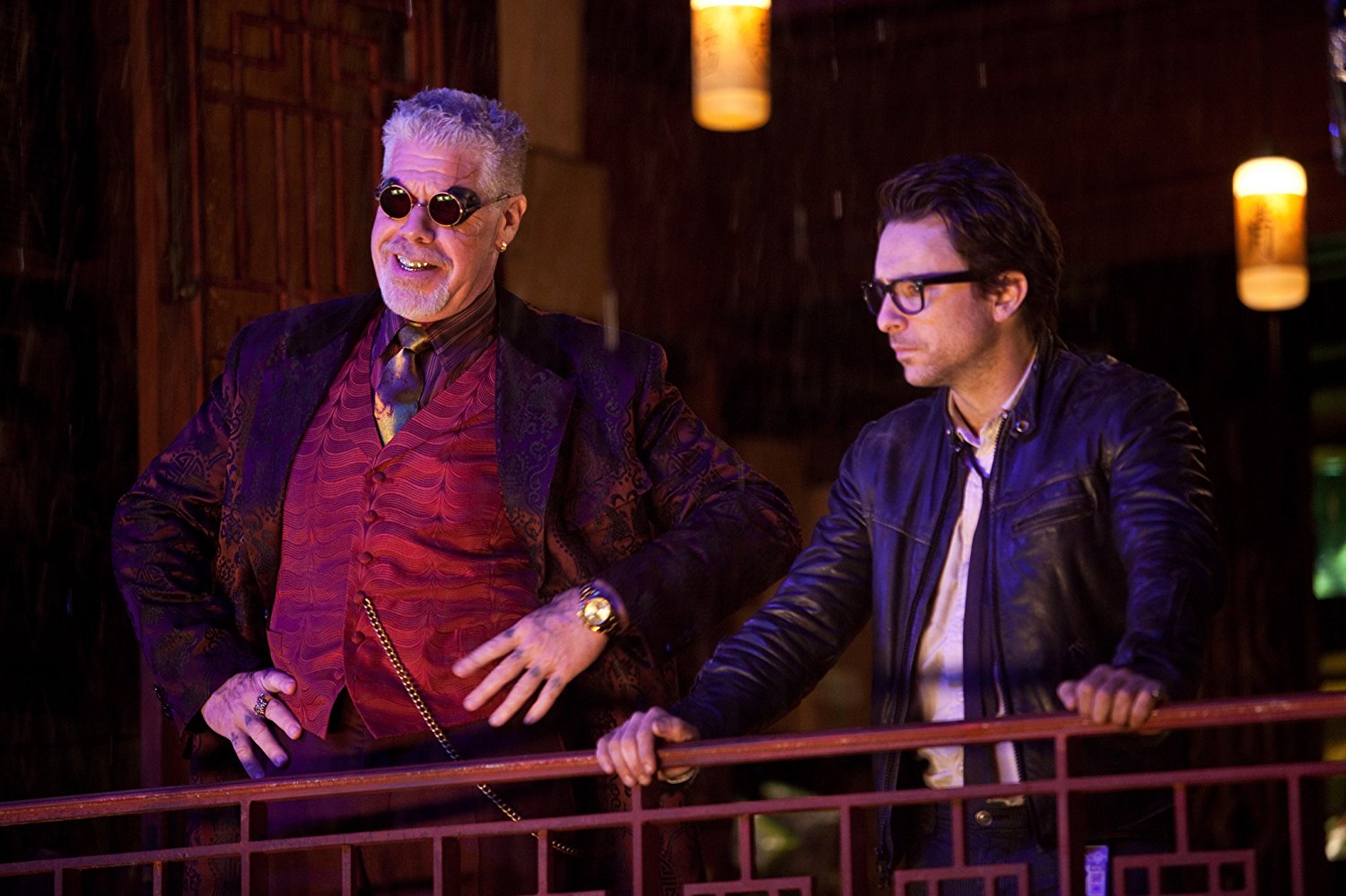
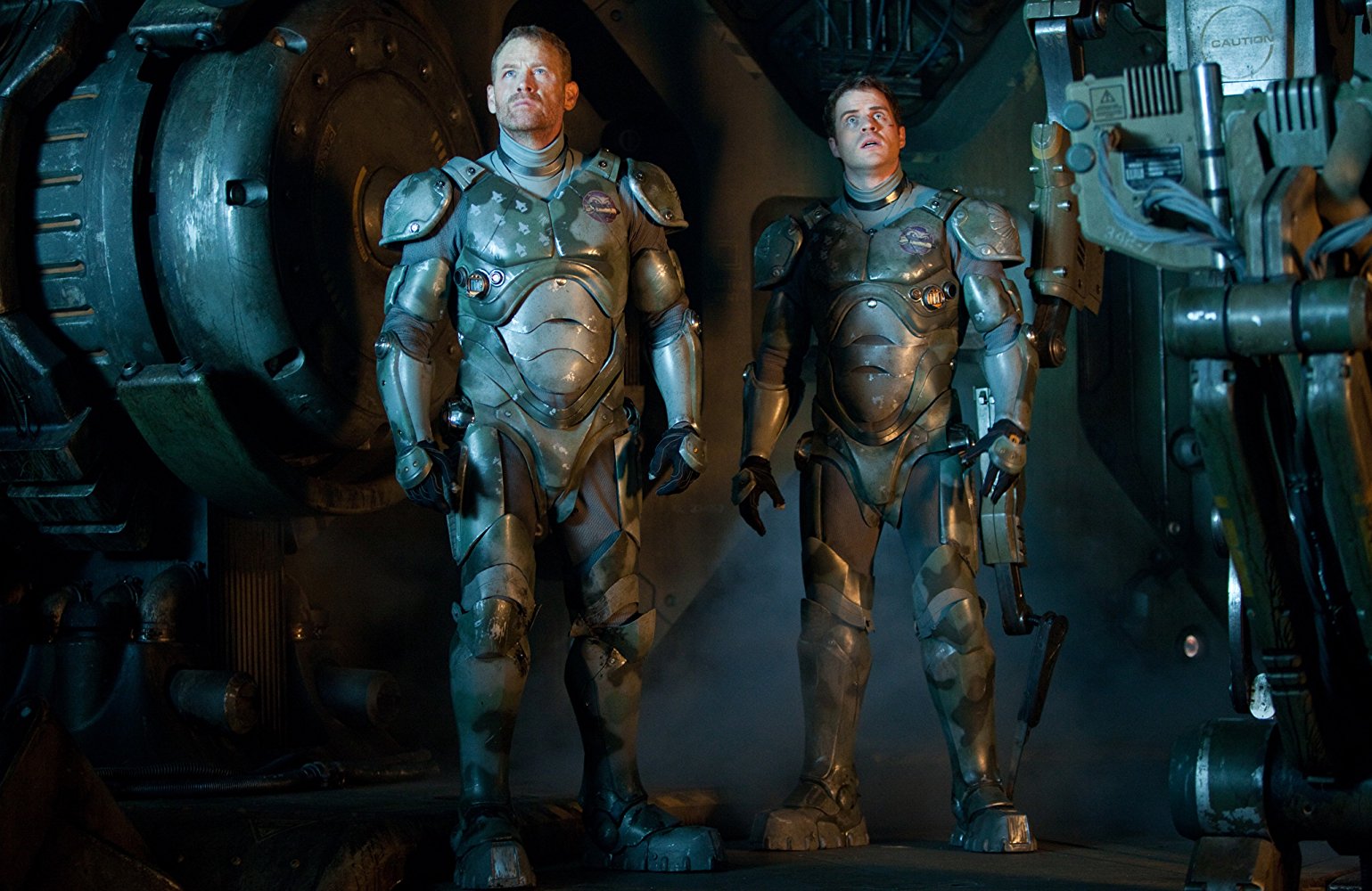
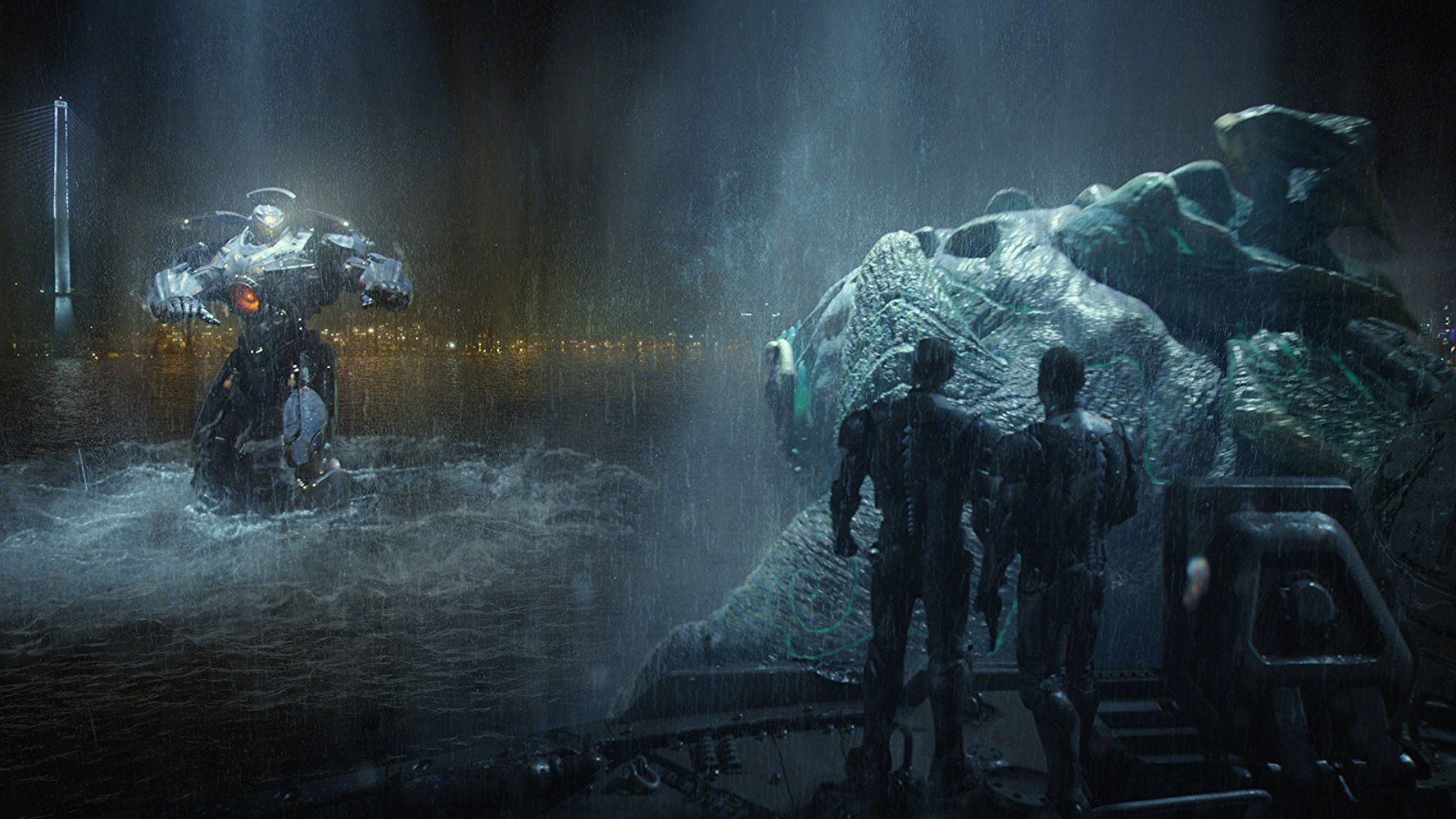
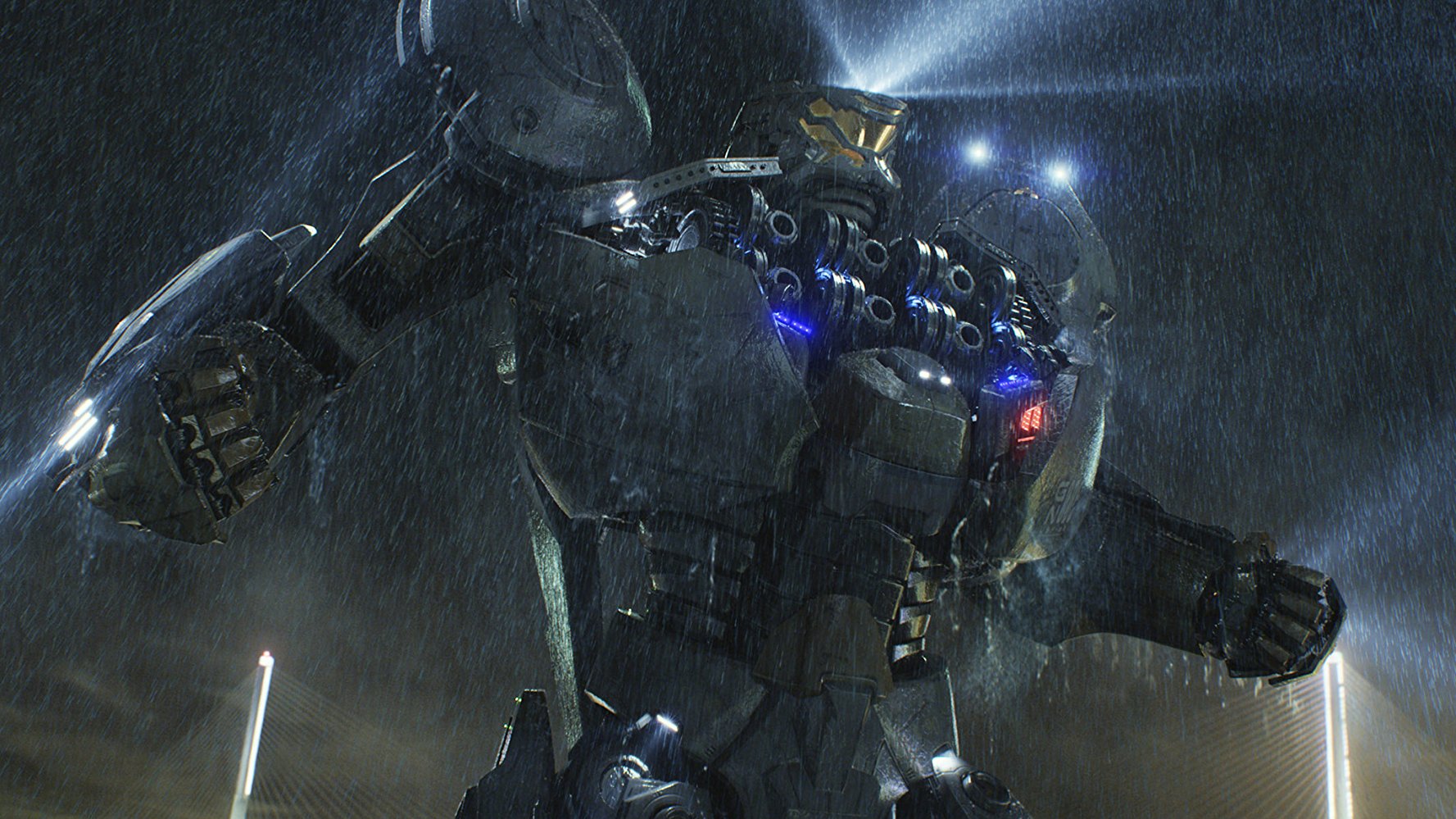
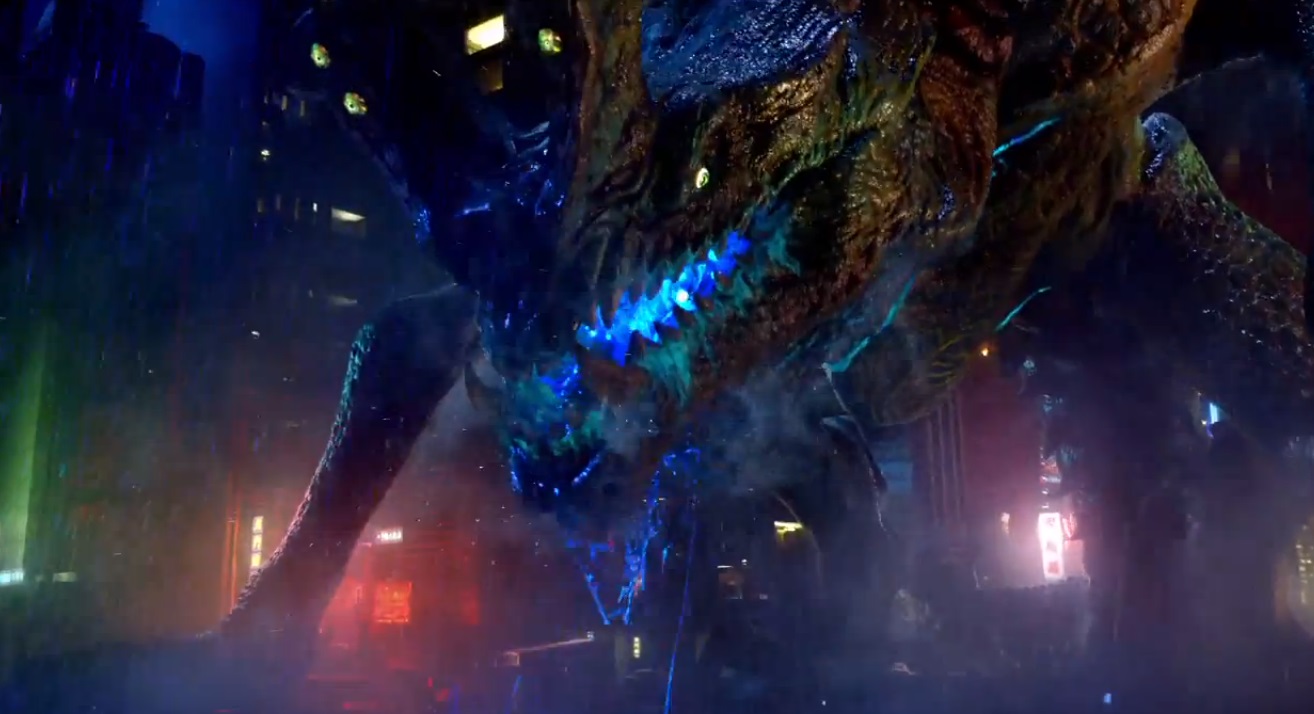
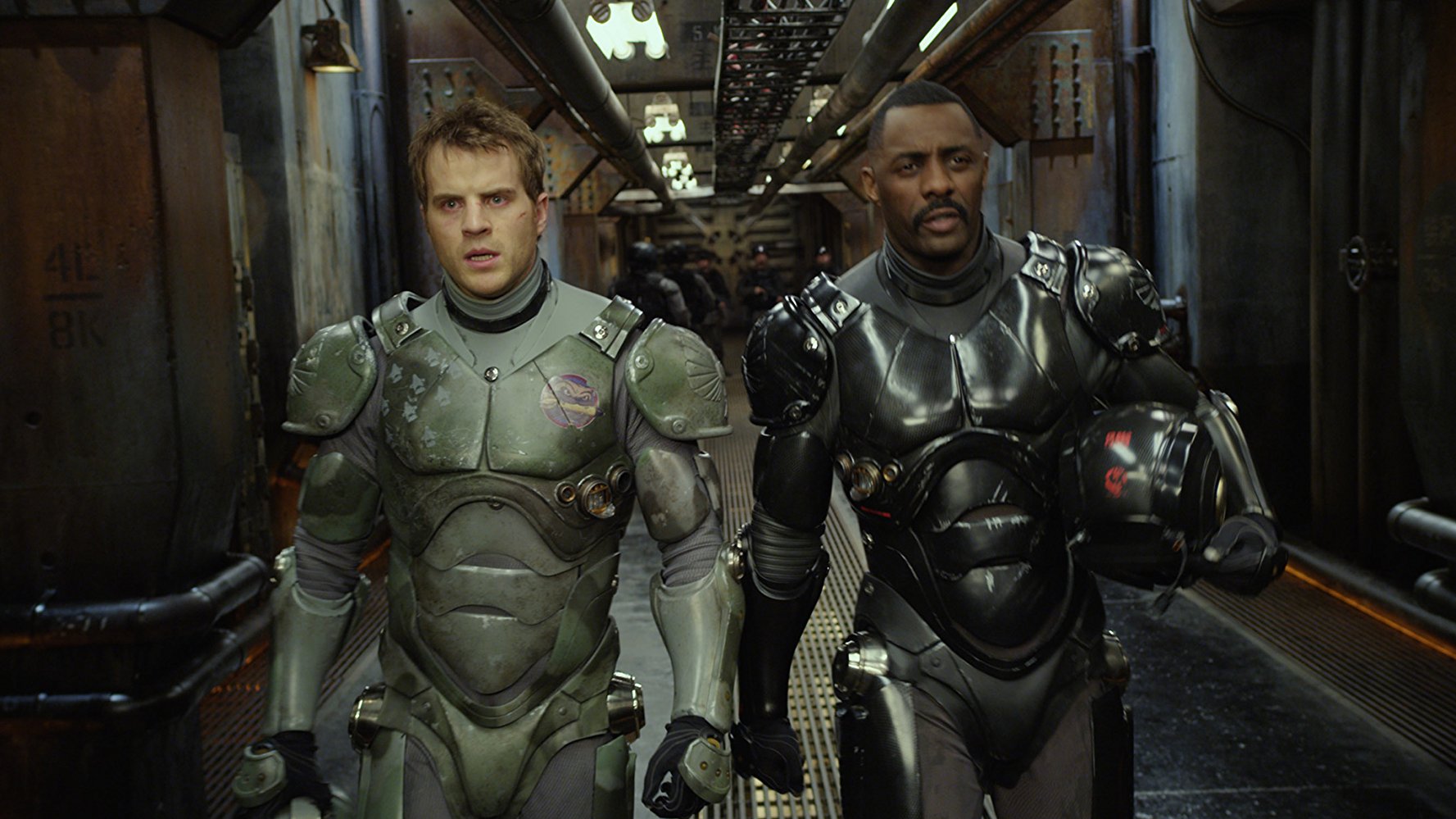
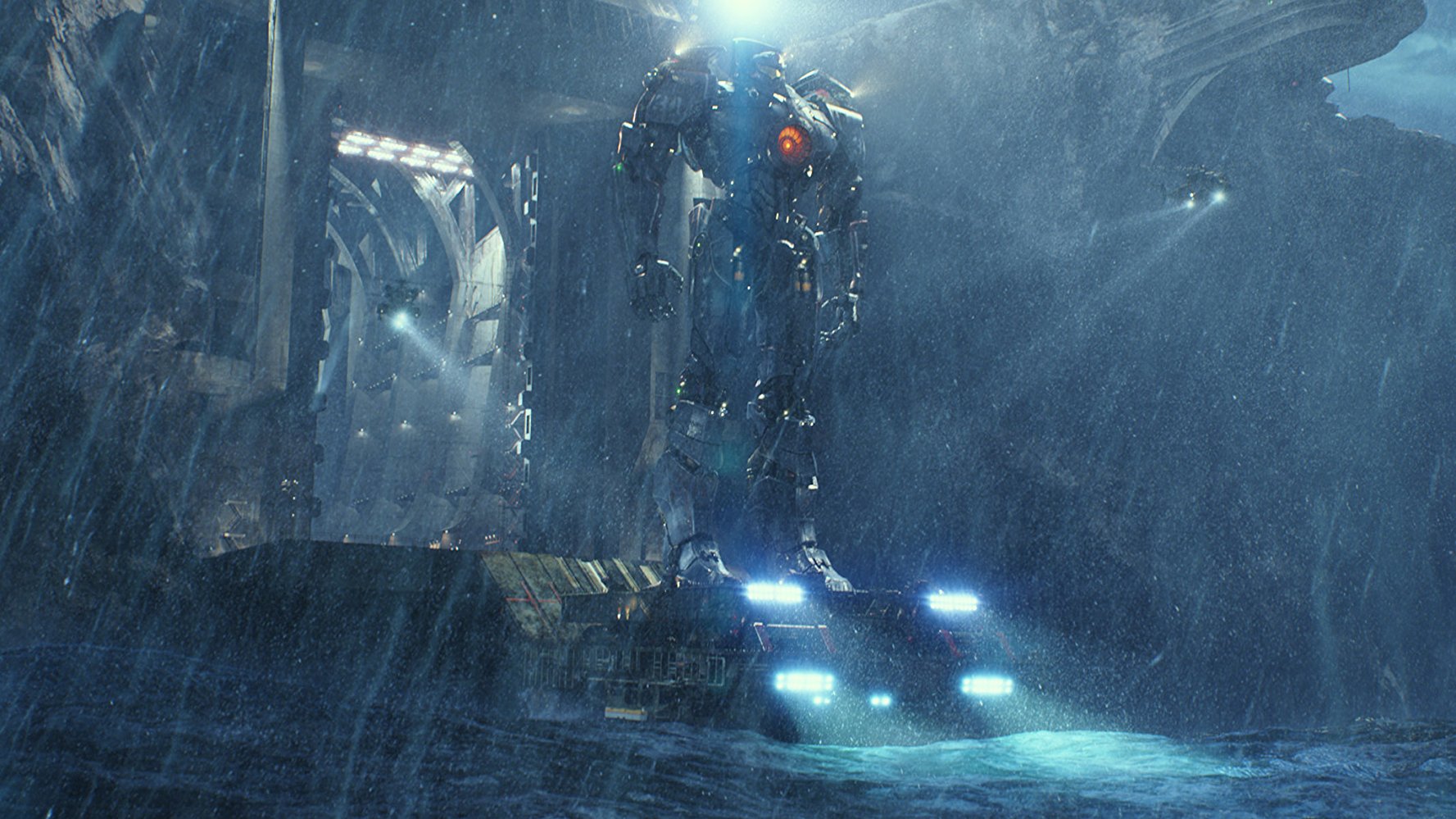
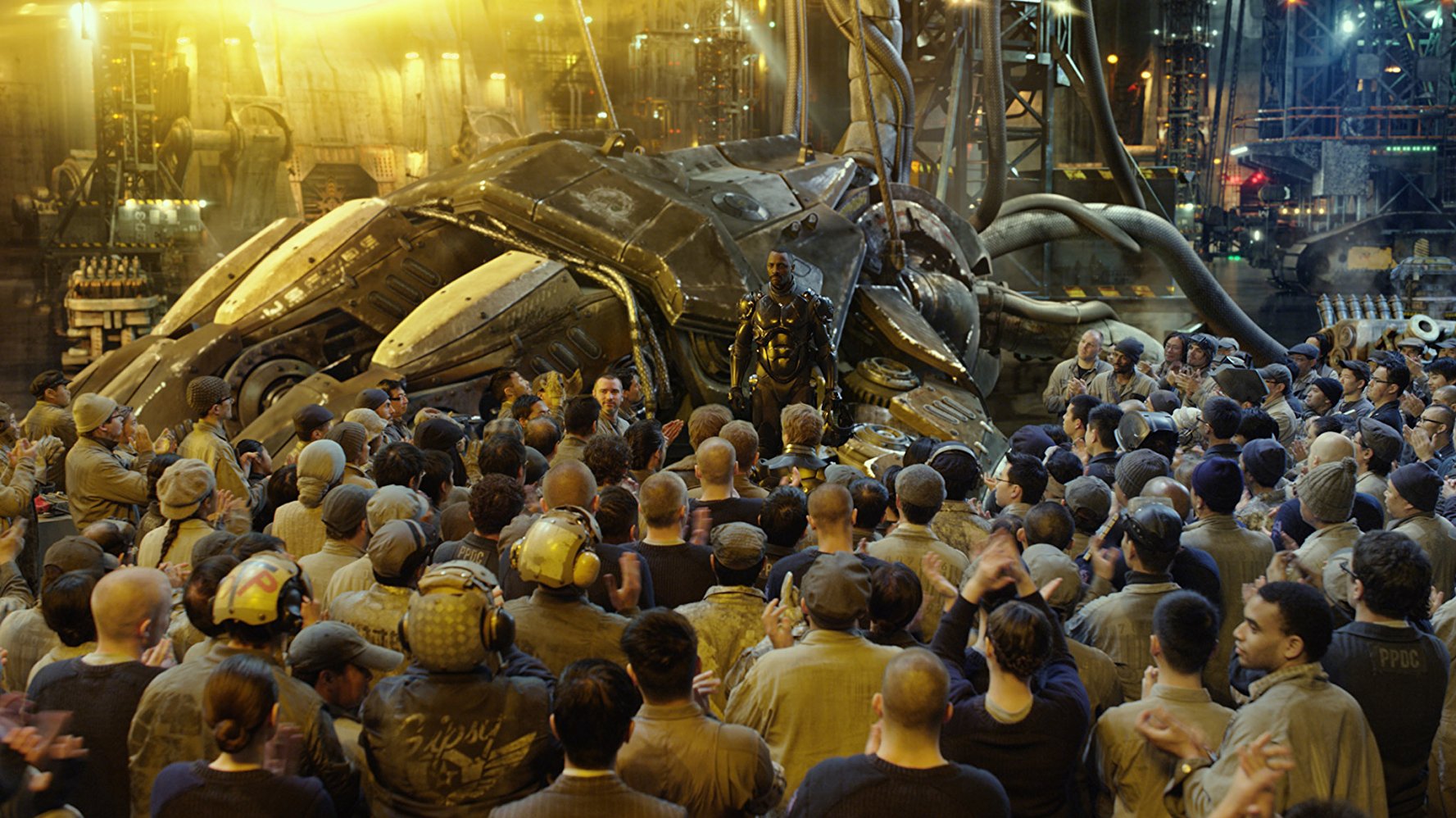
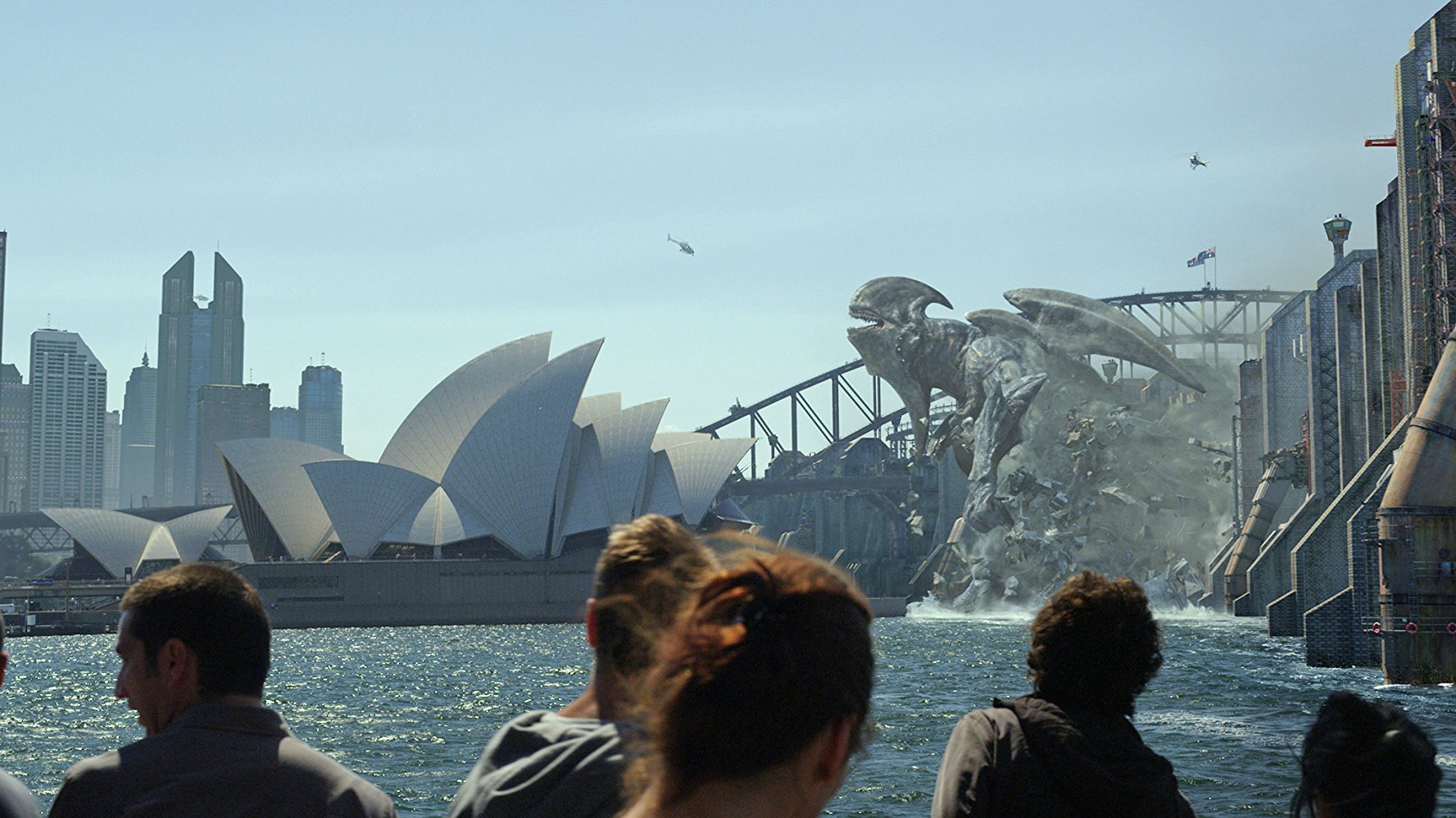
 RSS Feed
RSS Feed